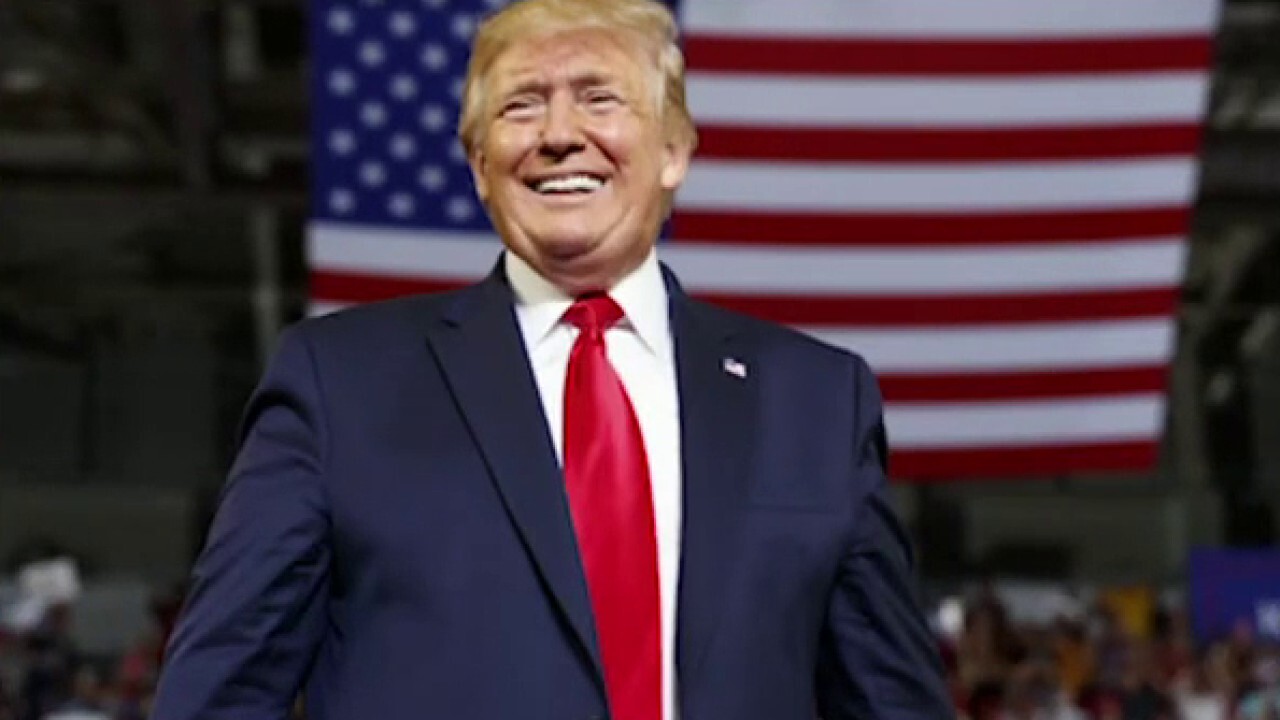Understanding Trump's Executive Order To Reduce Drug Costs

Table of Contents
Key Provisions of the Executive Order
Trump's Executive Order on drug pricing aimed to fundamentally reshape the pharmaceutical landscape. Its core components were designed to increase competition, enhance transparency, and ultimately lower costs for consumers. The order focused on several key areas:
-
International Price Negotiations: A significant component was the push to allow Medicare to negotiate drug prices directly with pharmaceutical companies, referencing lower prices in other developed countries. This was a controversial aspect, as it challenged the established pricing model.
-
Promoting Biosimilars and Generics: The executive order emphasized accelerating the approval and market entry of biosimilars (similar to biologic drugs) and generic drugs. Increased competition from these lower-cost alternatives was intended to drive down prices.
-
Transparency Measures for Drug Pricing: To increase accountability, the order mandated greater transparency in drug pricing practices. This aimed to shed light on the factors contributing to high drug costs and allow for better informed decision-making.
-
Addressing "Pay-for-Delay" Tactics: Pharmaceutical companies sometimes engage in "pay-for-delay" tactics, paying generic competitors to delay market entry. The executive order sought to curb these practices to promote faster generic drug availability.
-
Reforms to Medicare Part D: The order also proposed reforms to the Medicare Part D prescription drug benefit program, aiming to lower out-of-pocket costs for seniors and other beneficiaries. This included exploring different payment models and benefit designs.
Impact on Pharmaceutical Companies
The executive order had significant implications for pharmaceutical companies. The potential for lower drug prices directly translated to reduced profit margins. Companies faced increased competition from biosimilars and generics, forcing them to adapt their strategies. The order's provisions also triggered potential legal challenges, as some pharmaceutical companies argued that it overstepped regulatory boundaries. Some predicted responses from the industry included:
-
Reduced Profit Margins: Lower prices inevitably translate into lower profits, impacting the bottom line of pharmaceutical companies.
-
Increased Competition: The push for biosimilars and generics intensifies competition, reducing market share for brand-name drugs.
-
Changes in Drug Development Strategies: Companies might prioritize developing drugs with less competition or focus on higher-priced specialty medications.
-
Lobbying Efforts: Pharmaceutical industry lobbying efforts intensified following the executive order, aiming to influence future legislation and regulations.
Effects on Consumers and Patients
For patients, the potential benefits of Trump's Executive Order were considerable, including lower prescription drug costs and increased access to affordable medications. However, potential drawbacks also existed.
-
Lower Prescription Drug Costs: The primary goal – lower costs – was a major potential benefit for millions of Americans struggling to afford their medications.
-
Increased Access to Affordable Medications: Increased availability of generics and biosimilars should expand access to affordable treatments.
-
Potential for Drug Shortages: Some experts warned that aggressive price controls could lead to drug shortages if pharmaceutical companies scaled back production.
-
Impact on Insurance Premiums: The changes to Medicare Part D might indirectly affect insurance premiums, potentially leading to either increases or decreases, depending on the specific implementation.
Long-Term Implications and Future of Drug Pricing
The long-term sustainability and overall effectiveness of Trump's Executive Order on drug pricing remain a subject of ongoing debate. The order sparked a larger conversation about the need for comprehensive healthcare reform and the development of sustainable drug pricing models. Key considerations for the future include:
-
Sustainable Drug Pricing Models: Finding a balance between affordable drug prices and incentivizing pharmaceutical innovation is crucial for long-term sustainability.
-
The Role of Government Regulation: The extent to which the government should regulate drug prices is a central point of contention in the ongoing debate.
-
The Influence of Pharmaceutical Industry Lobbying: The powerful pharmaceutical lobby continues to exert influence over healthcare policy, shaping the direction of drug pricing reforms.
-
Potential for Future Legislative Action: The executive order initiated a discussion that is likely to continue in future legislative sessions, with further reforms and adjustments expected.
Conclusion: Understanding the Lasting Effects of Trump's Drug Pricing Executive Order
Trump's Executive Order to Reduce Drug Costs represented a significant attempt to address the escalating crisis of prescription drug affordability in the US. The order's provisions aimed to increase competition, enhance transparency, and ultimately lower prices for consumers. However, the impact on pharmaceutical companies, the potential for unintended consequences, and the ongoing debate about long-term sustainability underscore the complexity of this issue. Understanding Trump's Executive Order to Reduce Drug Costs and its lasting effects is critical for anyone concerned about healthcare access and affordability. To learn more about related healthcare policy developments, we encourage you to explore resources from reputable organizations such as the Kaiser Family Foundation and the Congressional Budget Office. Staying informed about these crucial policy decisions is vital for ensuring access to affordable and essential medications for all Americans.

Featured Posts
-
 Rebuilding Raptors Strong Nba Draft Lottery Odds A Seventh Place Finish
May 13, 2025
Rebuilding Raptors Strong Nba Draft Lottery Odds A Seventh Place Finish
May 13, 2025 -
 Braunschweiger Schule Evakuiert Alarm Aufgehoben Alle Kinder Wohlbehalten
May 13, 2025
Braunschweiger Schule Evakuiert Alarm Aufgehoben Alle Kinder Wohlbehalten
May 13, 2025 -
 Horario Y Transmision Del Partido Ac Milan Vs Atalanta Serie A
May 13, 2025
Horario Y Transmision Del Partido Ac Milan Vs Atalanta Serie A
May 13, 2025 -
 The 2025 Cubs Deconstructing Game 25s Successes And Failures
May 13, 2025
The 2025 Cubs Deconstructing Game 25s Successes And Failures
May 13, 2025 -
 Ac Milan Vs Atalanta Prediksi Skor Akurat Head To Head Dan Starting Xi
May 13, 2025
Ac Milan Vs Atalanta Prediksi Skor Akurat Head To Head Dan Starting Xi
May 13, 2025
